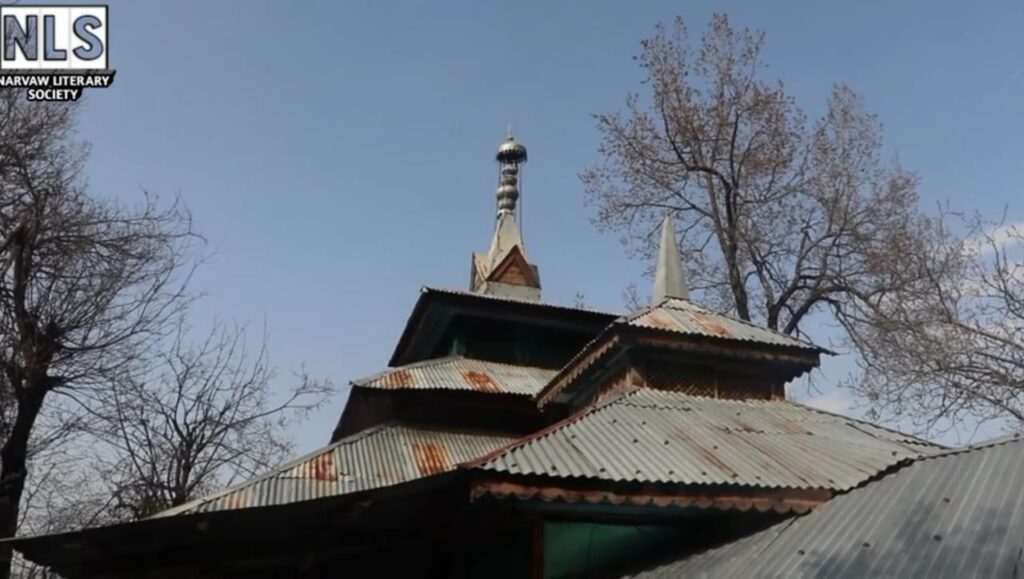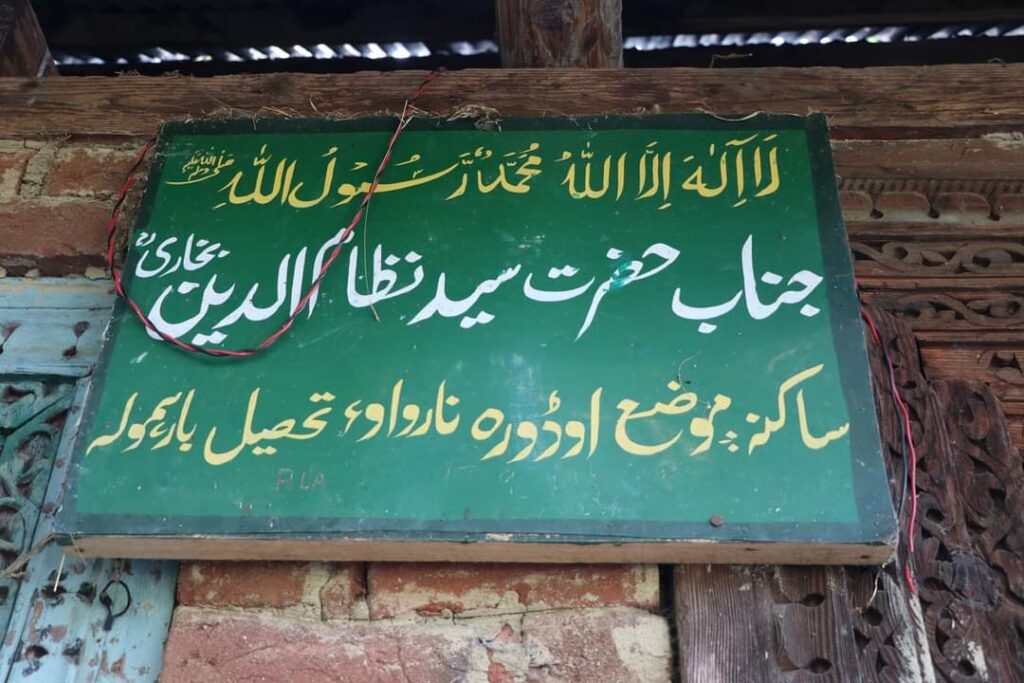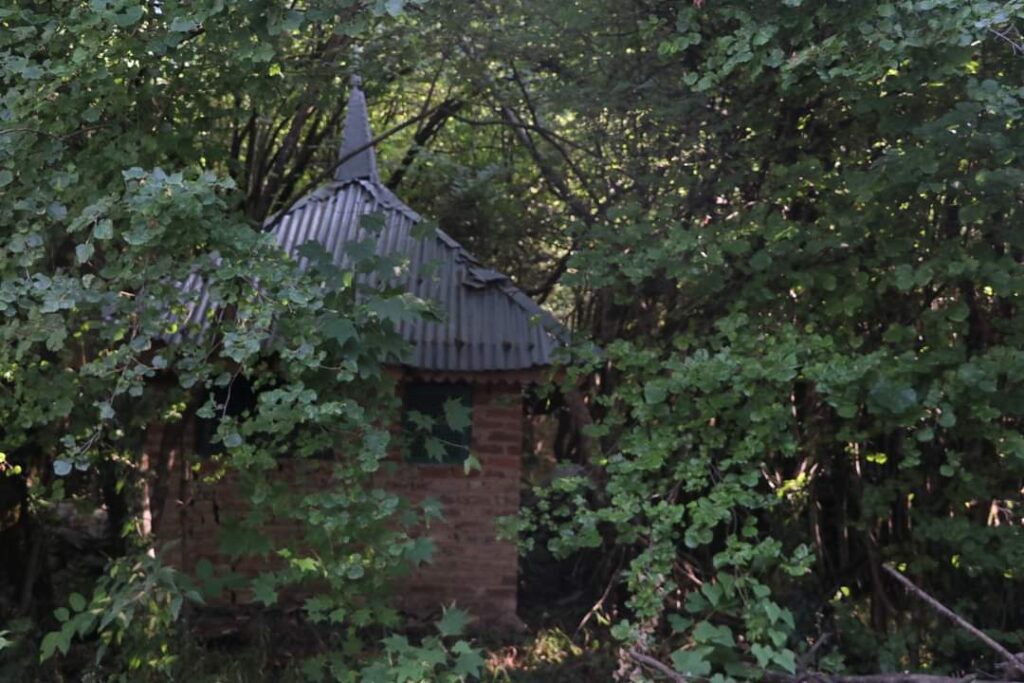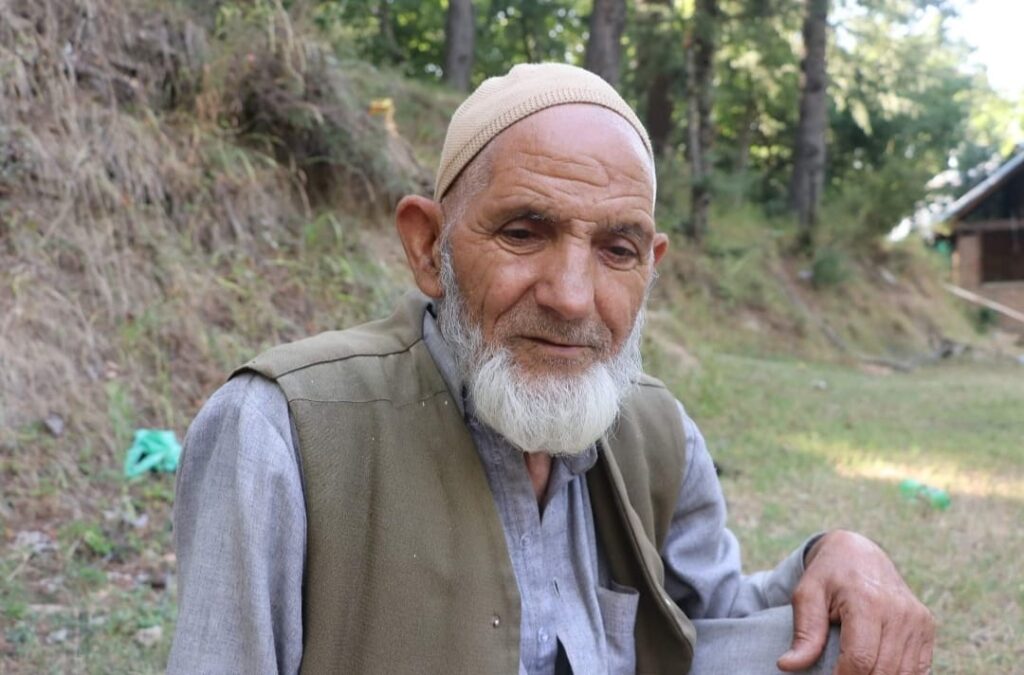
By Manzoor Narvaw Walla

The arrival of Islam added to Kashmirs rich
From the early 1300, Islam was brought more actively into Kashmir by Selfless Divines, such as Bulbul Shah , from Turkestan Via Baghdad,and more particularly by Hazrat Mir Syed Ali Hamdani, from Hamadan Iran. He is regarded by the Kashmiri Muslims as the Amir -i- Kabir (The Great Leader) for his pioneering role in spread of Islam in Kashmir along with other Iranian and Central Asian Sufi’s who had settled down in every nook and corner of kashmir at this time.The examples of such Sufi’s inspired Kashmiris.While Islam Ultimately became the predominant religion in kashmir , this region has always been a spiritual place. Kashmir has a long local mystical tradition, with Rishis, mystics , saints and sages using the local Kashmiri language to reveal their ideas and to preach.Kashmirs patron saint , Nurudin, the ‘Light Of The Faith’ , also known as Sheikh Nuru ud Din Wali or simply as Nund Rishi, was a Rishi. He lived around the 14th Century.
Hazrat Syed Nizamuddin Bukhari RA from Bukhara, an ancient City in the Central Asian Country of Uzbekistan reached north Kashmir’s Narvaw area along with his two sisters known as Beebi Sahiba. In the early year’s of his visit to Kashmir, he stayed in Delina Baramulla, and then he chosed his final destination in the outskirts of Audoora village of Narvaw Baramulla. In the premises of the Shrine of Hazrat Syed Nizamuddin Bukhari RA at Audora there are two graves, in one of grave Beebi Sahiba RA (His Sister) and another grave adjacent is of his disciples Syed Mukhtaar RA.

Another sister of Hazrat Syed Nizamuddin Bukhari Beebi Rehmat Shabia had made her final resting place at the edge of forest at the outset of Malpora village. The final resting place of Beebi Rehmat shab is easily visible on Sheeri- Laridora road site on the way to Baramulla, the prime location of this place is a gorge in between two mountains called Beeb Naar ( Beebi means Sister and Naar means Gorge/ a narrow way in between two mountains). Hazrat Syed Nizamuddin Bukhari had Sixty one disciples. He was maternal Uncle of Syed Jamal Ud Din Attari whose shrine is located at Fatehgarh Astanpora locality. According to the Islamic calendar Sixteen Zill Hajj, an anniversary Urs is celebrated every year since ages. Large number of people from distant and different places visit the shrine for blessings, earlier it was celebrated for seven days, and now for one night and one day, besides this, devotees Visit to this Shrine on every Sunday.

During the hot summers in kashmir the students from the nearby villages prefer to visit this shrine for picnic.One more Cultural aspect related to this shrine is a yearly festival Hael Bal celebrated by the residents of Audoora village since decades when rice crop gets ripe as the area has a long history of drought, since the crops were destroyed by natural phenomena at the time of cultivation in this region. So to overcome this natural disaster the natives of this place decided to celebrate a Festival which is locally called “Hel Bal ” , as the crops are ripened the time of harvest comes, the residents of this village come to visit the shrine they cook the first harvest here and share the food with each other, it denotes the brotherhood, and gives a message of unity to the society.

Manzoor Narvaw Walla is native Of Malpora Narvaw Baramulla, Jammu and Kashmir, India. He has acquired Post graduations in English Literature, History, and Sociology. M.Phil in English Literature, B.Ed. Currently, he is Perusing Ph.D in English Literature. His research area is Confined to Partition Of India, and it’s Social Impact On Women. His Research Interests also includes Kashmir, and Violence against Women. He has established Narvaw Literary Society, Which gives Platform to Kashmiri Literature Poets , and Scholars. He Was associated With Partition Museum Amritsar, India.

